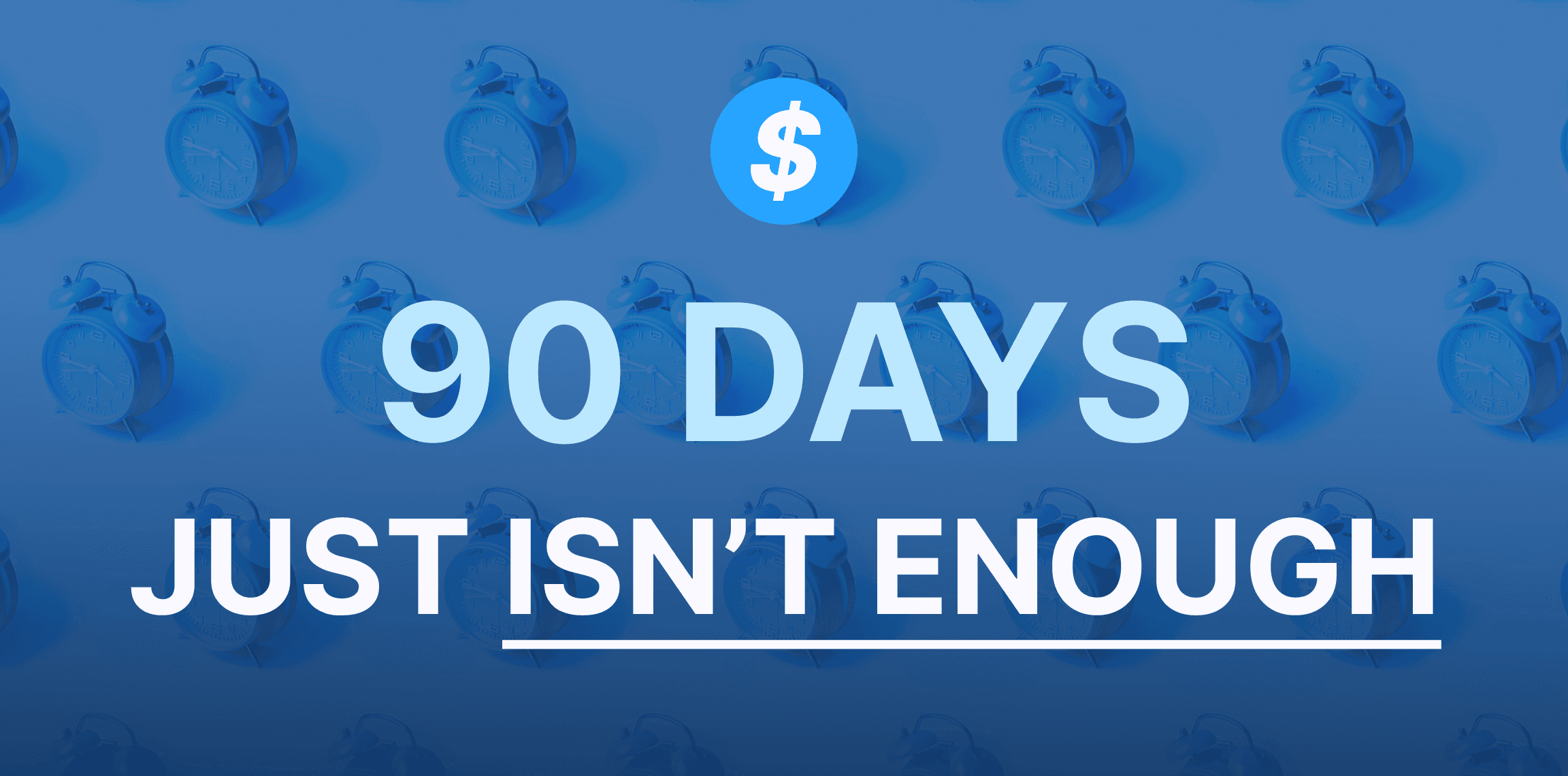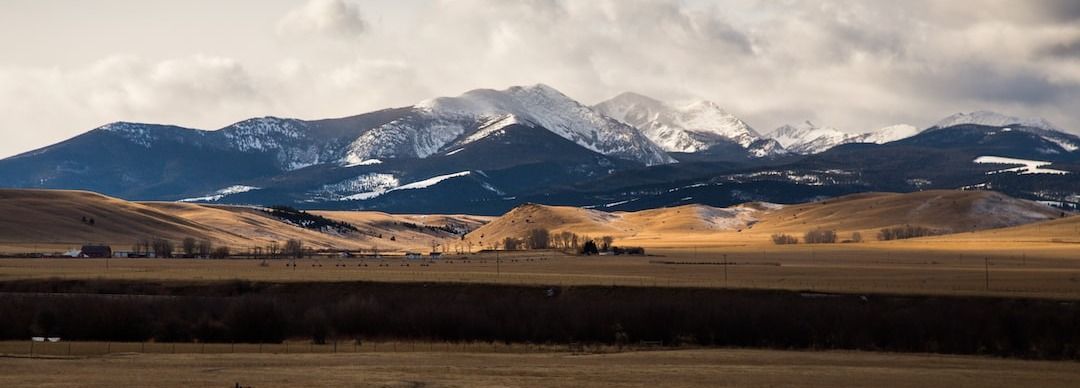Think you can complete your BEAD application in 90 days? Think again.
January 18, 2024
If you're waiting for your state's application, you'll be too late.

With the release of its notice of funding opportunity on May 13, 2022, the National Telecommunication and Information Administration revealed the formulas it would use to determine fund allocation to each state under the bipartisan infrastructure bill’s Digital Equity Act and laid out additional requirements for states participating in the program.
Up to a quarter of funding given to states by the NTIA will be determined by a combination of four factors, with the latter two weighted heavier than the first ones: the proportion of the population in a state living in areas where fixed wireless is unavailable, the proportion of the population living without access to a computing device and/or internet subscription beyond dial up in household, the proportion of population that does not use internet from any location, and the proportion of the population that does not use a desktop, laptop or tablet computer.
Allocation will also be based on the number of individuals in a state that are considered to be Digital Equity Act’s “covered populations.” These populations are considered to be in need of assistance for broadband access. The NOFO clarified what will be considered a “covered population.”
Household income of individuals goes into the calculation, which must be less than 150% of the income considered to be the poverty level established by the Census Bureau, as does whether an individual lives in an area considered to be rural.
The NOFO considers rural areas to be any other than a city or town with a population greater than 50,000 or an “urbanized area contiguous and adjacent to” one of those cities or towns.
For grants and direct loans, rural is considered any area other than a city, town or incorporated area with a population greater than 20,000.
Additional digital equity plan requirements
The NOFO set forth further requirements for State Digital Equity Plans developed using funds from the Digital Equity Act.
Among them is statement of an implementation strategy that is “holistic” and addresses barriers to internet affordability, device access, digital skills, technical support and digital navigation.
States also must explain how they expect to enact that strategy with the help of workforce agencies, labor and community-based organizations, and institutions of higher learning.
An explanation must also be provided on how fund use will be coordinated with use of any funds from the infrastructure bill’s Broadband Equity, Access and Deployment Program and other private or federal digital equity funding.
Also provided were estimates of how much money each state would be allocated and announced a website which shows how grants for each state were calculated.

January 18, 2024
If you're waiting for your state's application, you'll be too late.

January 09, 2024
The big sky state joins a small list of eligible entities that have kicked off their broadband challenge process.